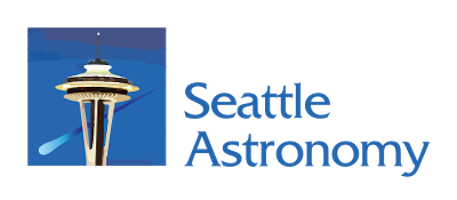 |
| Antonio Paris |
Paris said he loves Mars and expects that humans will be going there sooner than later.
“I suspect that, the way things are going, probably in about 10 to 15 years we’re going to be on Mars,” he said, adding that he doesn’t think anyone is going to go it alone.
“Mars, in my personal opinion, is going to be an international effort, both with corporations as well as the government,” Paris said.

Proceeds from book sales support the work of the Center for Planetary Science.
Paris featured fantastic 3-D images of a great many Martian geological features in his presentation. While his Ph.D. is in astronomy, he’s really morphed into something of a rock hound.
“We are primarily geologists that are studying all of the geological features here on Earth,” he said, “and we’re trying to compare and contrast them with what we see on the lunar surface, what we see on Mercury, Venus, and all of the terrestrial planets.”
Paris called the process comparative planetology.
 |
Ripple marks such as those shown in this photo from the
rover Opportunity were deposited by water moving back
and forth. Image: NASA/JPL
|
That caveat was included on most of his deductions, but the comparisons are pretty compelling. For example, Paris passed around a flat piece of rock with ripple marks on it that he collected in the Canyonlands in Utah. Such ripple marks are created by water moving back and forth over the rock, and the Canyonlands piece looks exactly like stuff the rovers have seen on Mars.
Paris also showed photos of rock formations made when moving or freezing water breaks up bedrock, and wears it down into small pebbles. At least, that’s how it happens on Earth.
 |
| This set of images compares the Link outcrop of rocks on Mars with similar rocks seen on Earth. Image: NASA/JPL-Caltech/MSSS and PSI |
Paris does a lot of rock hunting in the American southwest, which has a lot of Mars analog sites that scientists and NASA use in their Mars work. These include Moenkopi in Arizona, Canyonlands, the Mojave Desert, Death Valley, and the Flagstaff area.
The website for the Center for Planetary Science notes that Paris will make a presentation in Portland in September at a time and place not yet published. Dollars to Voodoo Doughnuts it will be with Rose City Astronomers. Stay tuned.
###






